70 years after Brown v. Board of Education, many schools remain segregated: Data analysis
In the Mississippi Delta, farms, wildlife refuges and churches dot the landscape alongside the Magnolia State's country highways.
In some ways, the region looks on the surface in 2024 as it did in 1954. Yet a quick drive reveals that even though the area's population has long been on the decline, something in the Delta has increased over the last seven decades – the number of private schools.
In Tunica, a private school opened its doors in 1964. The next year, Deer Creek School opened in the former white-only Arcola Public School that had been consolidated with Hollandale. Today, 96% of Deer Creek's students are white, even though the school-aged children living in its neighborhood are majority-non-white.
Indianola Academy also opened in 1965. Today, Black students make up less than nine percent of the private school's student body, but nearly two-thirds of school-aged children in the surrounding neighborhood are Black.
MORE: Resistance to Brown school desegregation decision 'purged' Black male educators: Experts
These schools are just three of the dozens of private K-12 institutions that were developed throughout the Delta in the years since the Supreme Court's Brown v. Board of Education decision.
The decision, which was announced 70 years ago on Friday, ruled that public school segregation was unconstitutional. It overturned the "separate but equal" doctrine, which allowed for segregated public spaces and had been the basis for deciding discrimination cases for over 50 years.
But seven decades later, while racial mandates no longer dictate enrollment, schools across the country remain segregated for a variety of reasons.
The Brown v. Board of Education decision and subsequent rulings were met with significant resistance from some elected officials and members of the public throughout the following decades. In southern states like Virginia, some public schools even closed their doors to avoid complying with court-ordered integration.
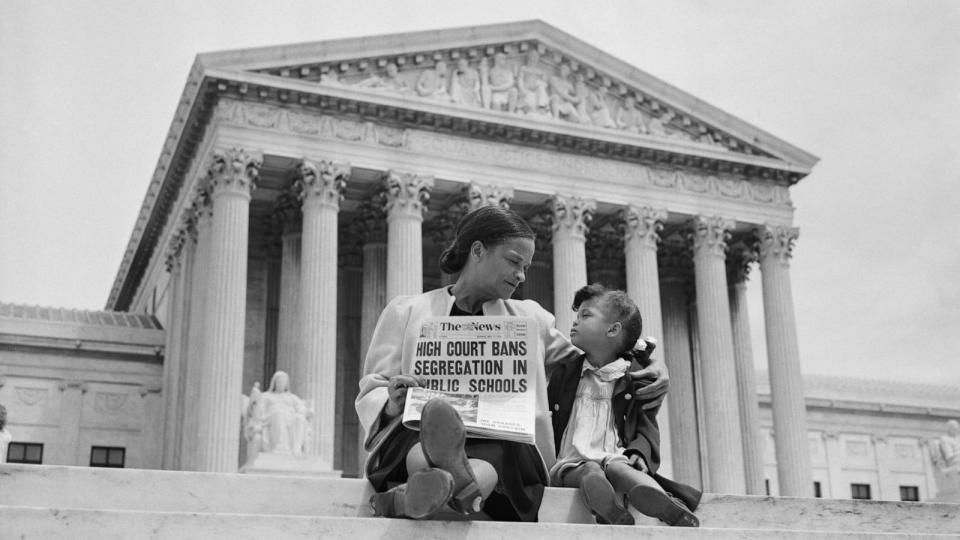
"These small, rural schools in the South, in particular, were the most resistant to school desegregation," Virginia Commonwealth University professor Genevieve Siegel-Hawley told ABC News.
The Southern Education Foundation found that between 1950 and 1965, the South had the largest growth in American private school enrollment. Many of the independent schools created during this time were later called "segregation academies."
"They were basically a place to educate white children and keep the school system white, and so what they did over time was they ended up draining enrollment from the [public] schools," said Mara Tieken, associate professor of education at Bates College.
Today, the Delta still has some of the country's largest racial disparities between public and private education, according to an ABC News analysis.
National Center for Education Statistics data shows that in Mississippi's North Bolivar Consolidated School District, private school students are 125 times as likely to be non-Hispanic white as public school students are.
In Hollandale, that number jumps to 200. And in Yazoo City, private school students are 932 times as likely as public school students to be non-Hispanic white.
"The earlier kids learn to care about one another and to share with each other, and to listen to each other's needs and perspectives, the healthier our society and our democracy will be," Siegel-Hawley said.
'You still have really racially segregated schools'
While the Delta might be an extreme example, racial disparities between traditional public schools and schools that operate outside the conventional system can be found nationwide.
In Chicago and Houston, roughly 45% of white students attend private schools – compared to just 13% and 7% of non-white students, respectively.
"A lot of the folks with economic means, who are more likely to be white, are now sending their kids to private schools at a higher rate," said University of California Merced associate professor Whitney Pirtle.
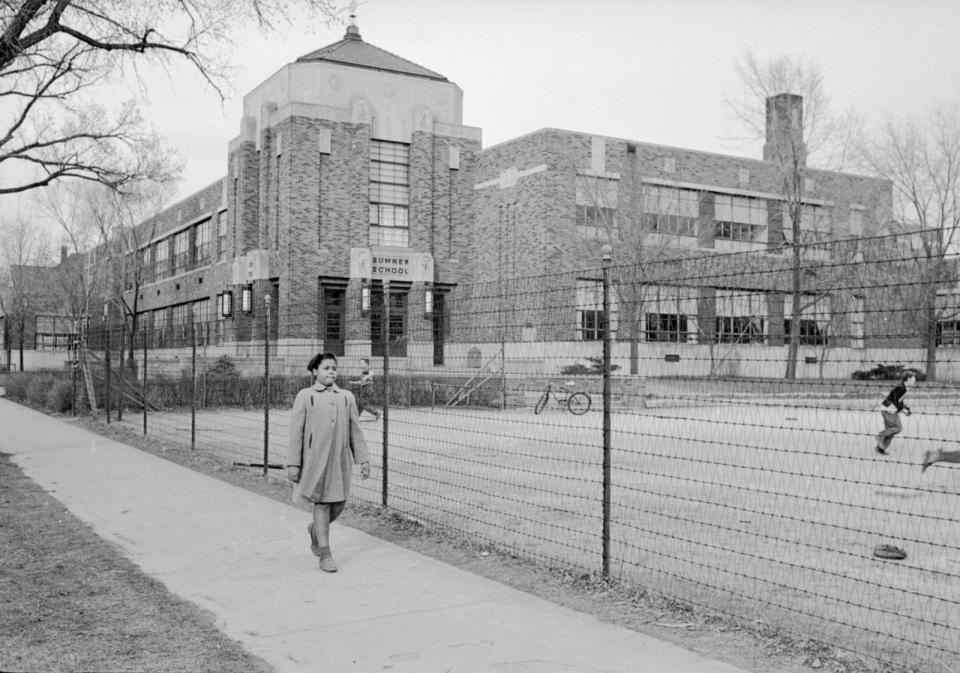
ABC News' data analysis found that private school students are about 36% more likely than public school students to attend a school where four out of five students are the same race as they are.
"White flight" to private schools leaves urban public schools disproportionately non-white compared to the students who live in their districts. At the typical city public school, white and Asian students are underrepresented by about 20% and Black students are overrepresented by nine percent, the data showed.
At the time of Brown v. Board of Education, charter and magnet schools – publicly funded institutions that can differ from traditional district schools in structure and curriculum – largely did not exist. But today, these schools exacerbate segregation in many districts, according to ABC News' analysis of NCES data.
In Philadelphia, just 38% of public school students attend their designated neighborhood school – and this rate is on the decline.
Nationally, when compared to all public school students living in their district, Black and Asian students are the most underrepresented at charter schools, followed by Hispanic students. Black students are especially underrepresented at charters in suburban and rural districts.
MORE: Exclusive: Members of 'Little Rock Nine' reflect on 70 years since Brown v. Board of Education
In the Los Angeles Unified School District, one of the largest in the country, the typical district-affiliated charter school is more than four times as white as the students who live locally.
"Charter schools do pull money that could go to public schools," Pirtle said. "We thought that charter schools might be an answer, it might increase access. But I think an unintended consequence of that is that it still was extracting resources from the folks who had the biggest need for those resources."
Magnet schools were created in the 1960s to encourage voluntary desegregation by attracting diverse students with a shared interest or learning style. But today, they are more than twice as likely as non-magnet schools to have at least one racial group represented at double its district rate, ABC News' analysis found.
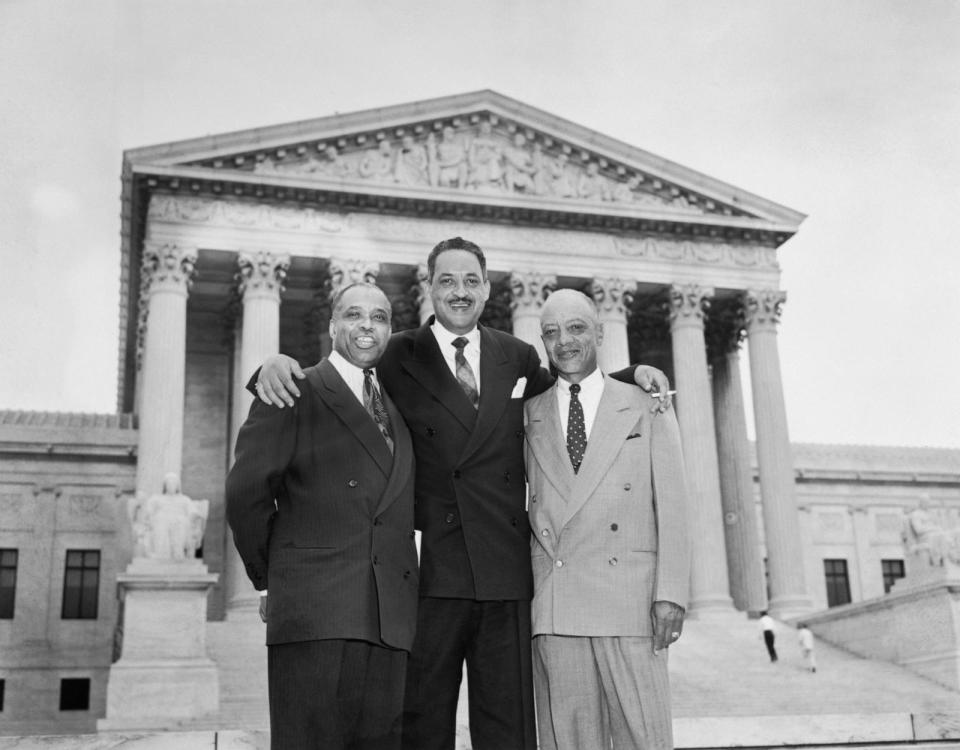
Magnet schools pull a different – but also racially unrepresentative – slice of public school students. Black students tend to be overrepresented and Hispanic students are slightly underrepresented at magnet schools in many cities and towns alike, data showed. In other places, magnet schools have disproportionately white and Asian students.
In Hartford and Bridgeport, Connecticut, the vast majority of students are Black or Hispanic. But the typical magnet school in Hartford has three times the rate of white students and five times the rate of Asian students as the district overall. In Bridgeport, the typical magnet is five times as white and 50% more Asian than the students who live in the district.
"Choice seems to perpetuate segregation," Tieken said.
Tieken said that efforts to desegregate American education peaked in the 1980s, explaining that she thinks school segregation is now on the rise.
'Outdated and unhelpful'
In 1954 when Brown v. Board of Education was decided, American suburbia was reaching unprecedented levels, with new neighborhoods popping up outside cities across the country.
While many of these new communities were not far from cities, they often were in separate school districts, creating a pattern that still exists today in some parts of the country with nearby school systems having vastly different demographics.
"The Northeast and the Midwest are defined by lots of tiny school districts in a bigger metropolitan area, and that fragmentation fragments family choices about where to live and send their kids to school," Siegel-Hawley said.
In some cases, these racial differences can even appear within the same county.
In suburban Burlington County, New Jersey, non-white students make up roughly 75% of public school students in Beverly, where the population has largely been declining for decades.
Three train stops away, around 75% of the students in the growing community of Cinnaminson are white, according to federal data.
"Families have unequal purchasing power to get into these exclusive, high-wealth school districts [where] they can't afford a house," Siegel-Hawley said. "That reinforces school segregation too, because they can't access the district because of the housing policies."
A 2019 EdBuild report found that in communities where school districts are run locally, the system of financing education through local property taxes has led to major racial and economic gaps between districts.
Pirtle said this "is really an outdated and unhelpful way to fund schools."
'A pretty unique opportunity'
In states where district lines are drawn at the county level, each school within a district can have vastly different demographics from other nearby schools.
These disparities often result from residential segregation within the district. Residential segregation has persisted across America for decades, driven by economic disparities and a history of redlining – a racially discriminatory practice of grading neighborhoods by perceived lending risk, which was banned by the 1968 Fair Housing Act.
The legacy of redlining and its effects on school segregation are evident in Birmingham, Alabama, and its surrounding area, where neighborhoods given the highest grade nearly a century ago are still 94% white, and zones marked in red as "hazardous" are about 80% Black.
In the Jefferson County School District, which serves primarily rural areas outside Birmingham, 41% of public school students are white. However, nine of the district's schools each have a student population that is at least 90% white.
ABC News' analysis found patterns like this in rural areas nationwide.
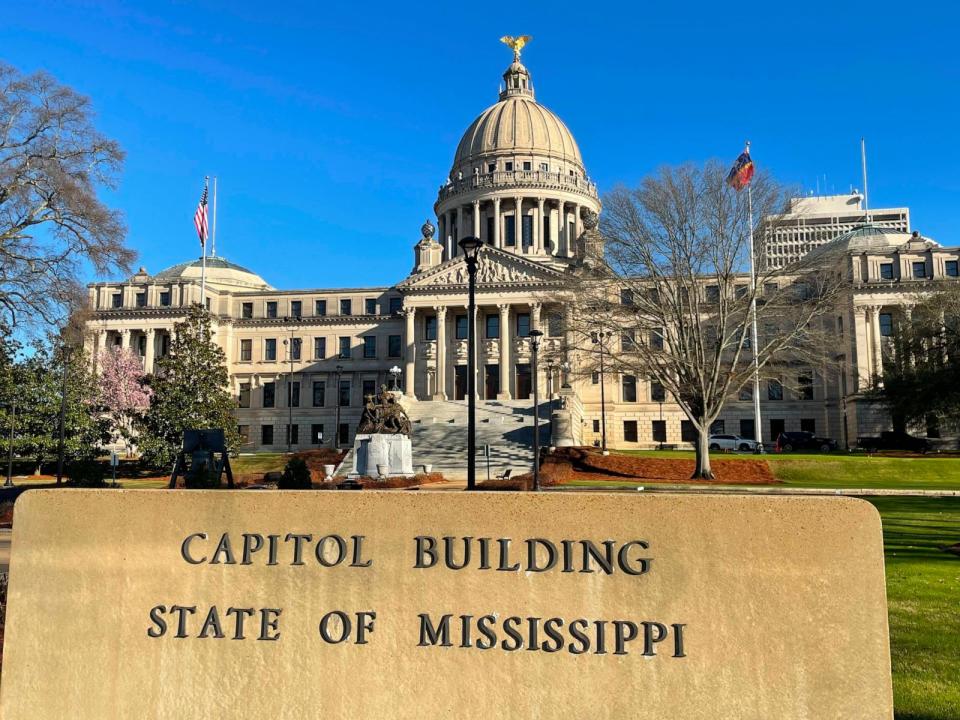
To Tieken, despite their current segregation, districts like these composed of towns with different populations present the ability to increase diversity within individual schools since students already live in the same district.
"Rural districts actually have a pretty unique opportunity ... if they're pulling together several small towns," she said. "Oftentimes people value an integrated education. We just need to give them the political tools to be able to enjoy that."
Some scholars say that even when schools make progress in integrating their student body, segregation can often still exist within the walls of the building if programs such as gifted or remedial classes do not resemble the school's demographics.
"You don't really see that as segregation because all the kids are going to the public school down the road, but it can play out in that way," Pirtle said.
Concerns have been raised each year since Brown v. Board of Education over whether America's schools are still too segregated, but researchers are divided on how to level the academic playing field.
"We have not committed to addressing any of [the problems] for decades, so the scope and landscape of school segregation is not surprising because of our lack of intentionality to tackle the underlying system," Siegel-Hawley said.
Controversial efforts were made decades ago to create more integrated school environments, such as busing students to distant neighborhoods or consolidating districts.
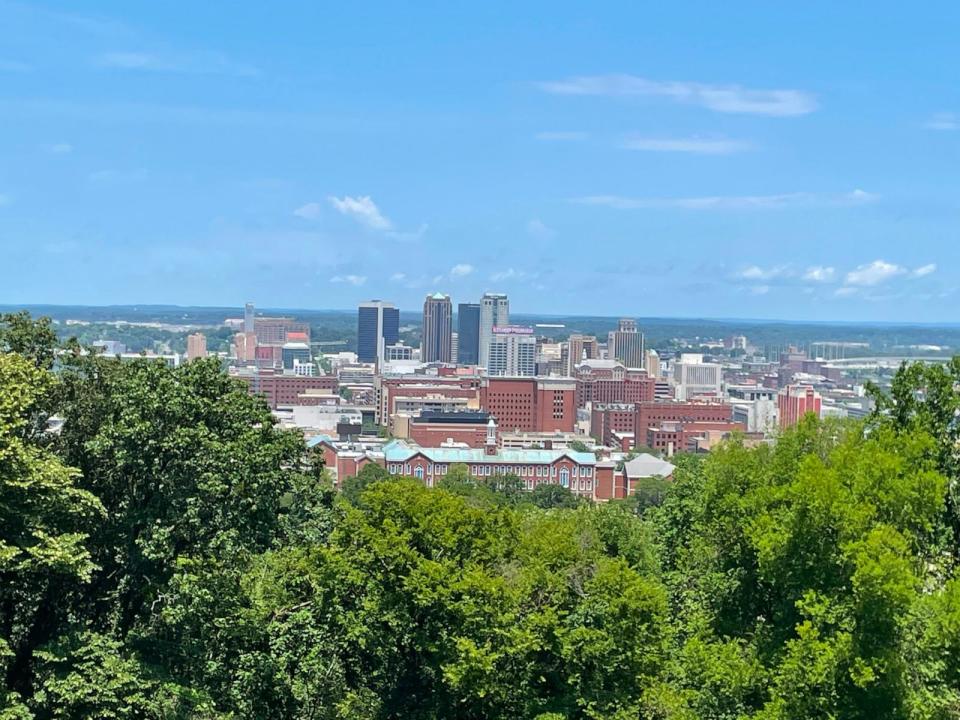
In 1966, Massachusetts developed the Metropolitan Council for Educational Opportunity to desegregate classrooms in and around Boston by enabling Black students to attend suburban schools, but the initiative was met with protests and, on some occasions, violence.
Although its effectiveness has been questioned in recent years, METCO still exists today and researchers have touted it as a unique way to bring together diverse students across Boston and its suburbs.
Siegel-Hawley said Cambridge, Massachusetts, Berkeley, California, and Jefferson County, Kentucky, have made particularly strong strides recently when it comes to creating systems of voluntary integration that bring students of all racial and socioeconomic backgrounds from different neighborhoods together to learn.
"Desegregation is getting the numbers right," Siegel-Hawley said. "Integration is that work within the school around truly sharing power and resources and seeing everybody as equally worthy of dignity and belonging."
70 years after Brown v. Board of Education, many schools remain segregated: Data analysis originally appeared on abcnews.go.com

